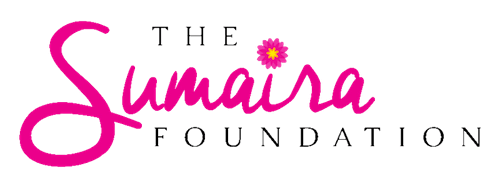
Choose Your Language:
Posted by: The Sumaira Foundation in NMO, Patient, Voices of NMO
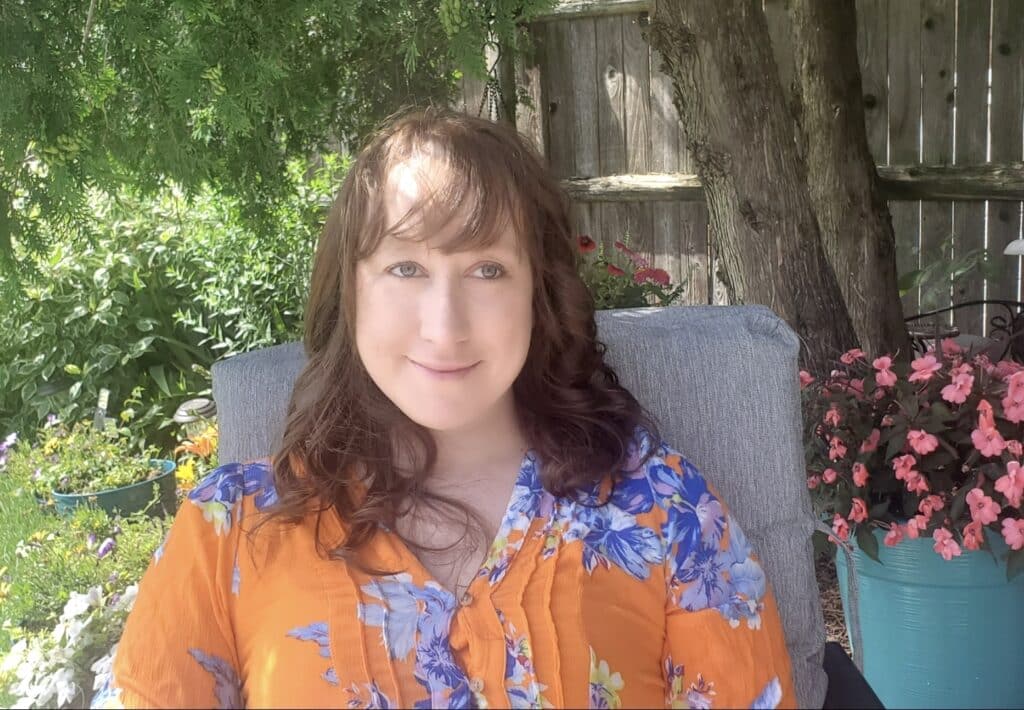
Much has changed in my world since my initial story had been published on TSF’s website in 2020.
(scroll below to read the original piece)
One of the more notable accomplishments has been graduating from Indiana University’s social work program and getting inducted into the Phi Alpha Honors Society. This, accompanied with obtaining licensure as a licensed social worker (LSW) has set the stage for my future work with clients.
However, my advocacy efforts have spread into the occupational landscape because of the grave inequities for workers who are chronically ill or have either a visible or invisible disability.
With many interested employers reaching out, the doors were quickly closed after finding out that my limitations would require me to work only remotely for any practice or mental health agency. So, as with many other life decisions concerning occupations in the past, I decided to forge my own path forward. I obtained my PLLC status as an organization of one and am opening my own private practice to provide mental health services via telehealth to individuals, and highlighting my experience with having a chronic, rare disease to hopefully draw in those who may not otherwise feel understood by practitioners.
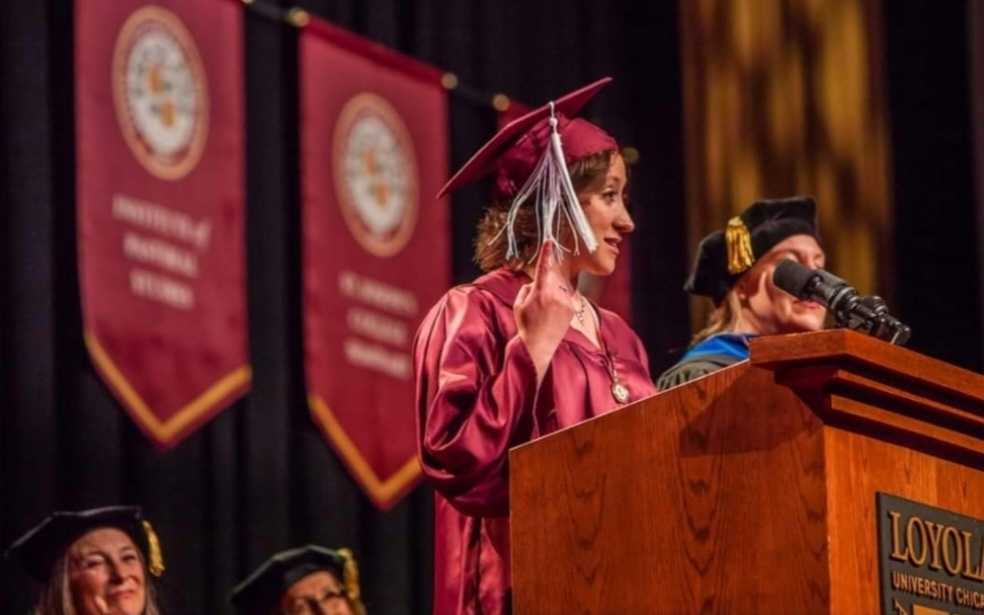
Because, if there is one thing that every person with either NMOSD or MOGAD can attest to, it is that those providers working with us in the medical fields may diminish or overlook our personal experiences and contributions, leaving us to feel unheard at times. Even though our community is small, we are also mighty as we continue to share our personal stories and voices as well as advocate for ourselves and for what we know is right.
In addition to getting my online practice up and running, I am also trying to branch out into the natural healing effects that activities in nature can hold. I am about half-way through obtaining my adaptive sailing license. Being on the open waters of Lake Michigan and listening to the sails fill as the wind carries us across the water is beyond relaxing for both my body and mind.
Another activity I am going to get involved in is riding horses. I haven’t done so since I had a terrifying horseback riding accident happen when I was 10. However, I have overcome so much more in my life that I think it’s time I get back in the saddle both figuratively and literally. I have taken continuing education courses which have stressed the beautiful relationships and connections that equestrian therapy could provide for both physical and mental health.
I appreciate and enjoy the community and support that advocacy and relationships with impacted families has helped strengthen within our NMOSD network of patients, caregivers and individuals worldwide. I look forward to continue sharing my story to inspire and ignite the strengths within others.
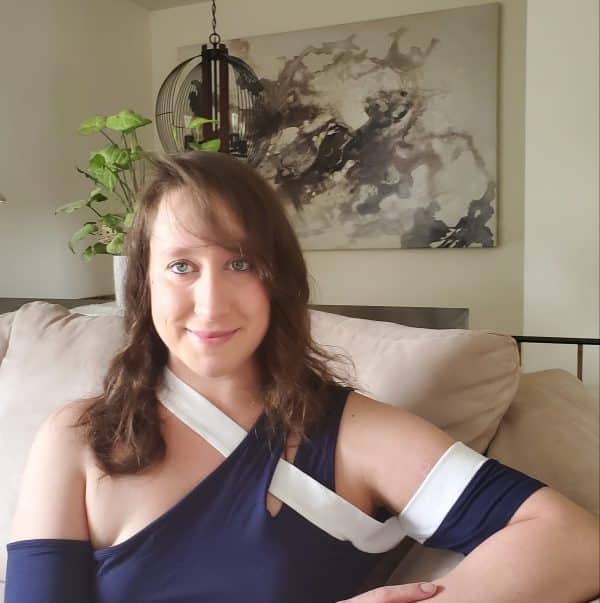
One April morning, I woke up with a stabbing pain in my lumbar spine which was getting progressively worse. My mom rushed me to the local emergency room where they had taken x-rays and done bloodwork. While I was waiting to hear about my lab results, I began to experience tingling and loss of sensation in my legs. The doctors thought it was simply from sitting too long and suggested standing up. When attempting to do so, I quickly hit the floor like a sack of bricks. The panic of my family and concern of my doctors about my new paralysis led to a complete series of MRIs of my spine. The images revealed inflammation of the lower thoracic portion of my spinal cord, which was consistent with transverse myelitis, and that was the diagnosis I was given.
Prior to all this, I had been looking forward to my junior prom and already had a gown at home waiting for the occasion. Not only was prom an uncertainty while I was hospitalized, but my worries about walking again. I spent a few weeks in the pediatric unit at the hospital receiving steroids to help the inflammation subside in addition to physical therapy to hopefully reverse my paralysis.
I returned home a few days before prom and was able to attend with my rigid legs and catheter bag strapped to my left leg. (NO ONE was going to stop this teen from living!)
A year and a half later, I was working at Chili’s as a server when my vision began to fade in my right eye, along with an excruciating headache during my shift. Worried about what was going on, I made my way to the emergency room yet again. More MRI imagining was done and I was told it was optic neuritis. I had been seen by both neurology and ophthalmology and received more steroids to combat the inflammation. My vision returned only to be followed by an attack of optic neuritis on my left eye a few weeks later. The doctors at my local hospital scared me when they stated that whatever was going on with me was outside of their comfort level and suggested I be seen at a university hospital.
I gathered my records and headed to Northwestern Memorial Hospital in Chicago where my neurologist reviewed all my data and imaging, then mentioned he believed that i should get tested for NMO at the Mayo Clinic. My family and I struggled to find information about the condition because it was rare but knew that Dr. Brian Weinshenker was going to have more answers for us. I had a lengthy conversation with him standing in the lobby of my college (some details you just don’t forget) and we made the the journey to the Mayo Clinic in Rochester, Minnesota, where thankfully, the diagnostic test was recently developed. After doing the blood test and full spine MRI at the clinic, I was confirmed to have seropositive neuromyelitis optica and now had a name to associate with my health problems.
Since then, I have gone either blind or paralyzed from the waist down more times than I can remember. The disease cut short my studies in nursing school and physical therapist assistant degree programs, leaving my massage therapy certification as my fall back option. Throughout my educational journeys, my neurologist had tried numerous preventative treatments and exhausted all options with no real success. I had even gone into a come from one of the widely-used therapies, which made my family and doctors unsure about what to do next. Hence, I participated in the phase 1 drug trial of Soliris (which eventually became an FDA-approved long-term treatment for NMOSD in 2019).
I spent five months between Northwestern Hospital and the Rehabilitation Institute of Chicago. There was so much joy in being able to feed myself and being able to stand once again. I just could not wait to return home to my dog and gain a new sense of normal.
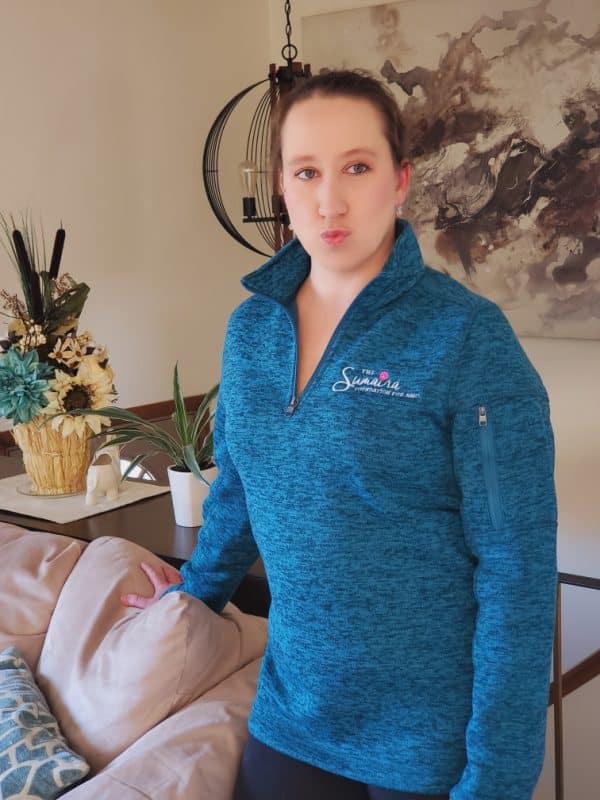
I have since recovered mobility but remain completely blind, which is proof of my strength and the power of self-determination. While sitting around at home, I decided to return to school to completely bachelor’s degree in psychology. After being the first totally blind individual to graduate from Loyola University and my class’ commencement speaker, I set forth to pursue my master’s in social work.
I still have balance problems and sensory deficits from my waist down which I know will make things difficult, but I strive to hold on to the positive things in life. I want to apply all my knowledge and experience of advocating for myself to help others navigate through this disease and hopefully connect them with valuable resources which can help.
In 2019, I created an online group on Facebook, a website and in 2020, I became an Ambassador for The Sumaira Foundation to help shed light and raise awareness of this rare disease. Hopefully, through our joint mission with other efforts around the world, we can help reach others and illuminate their path forward.
With my family and furry companions alongside me, I cannot wait to see how this endeavor will unfold while we pray for a cure!